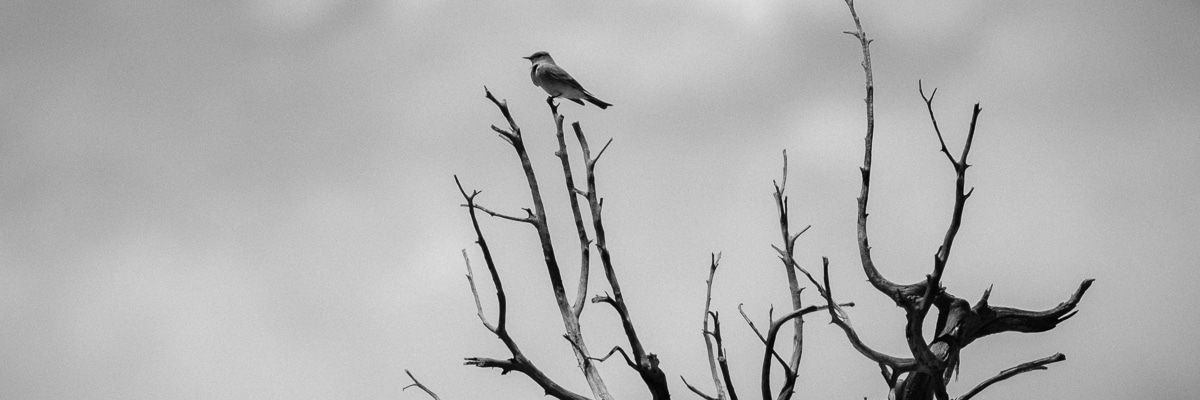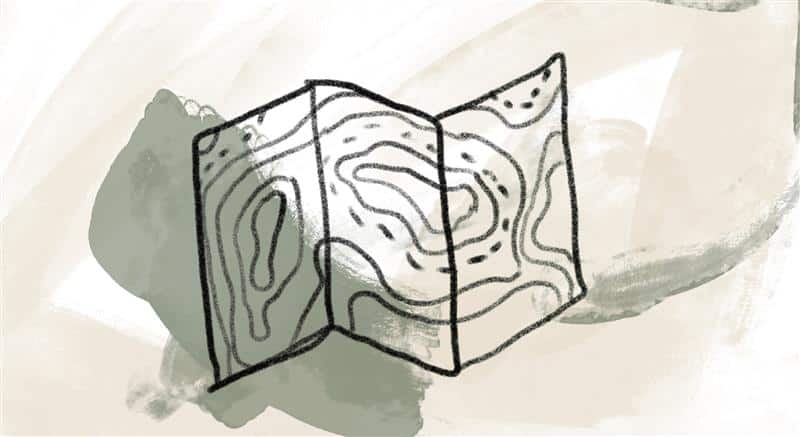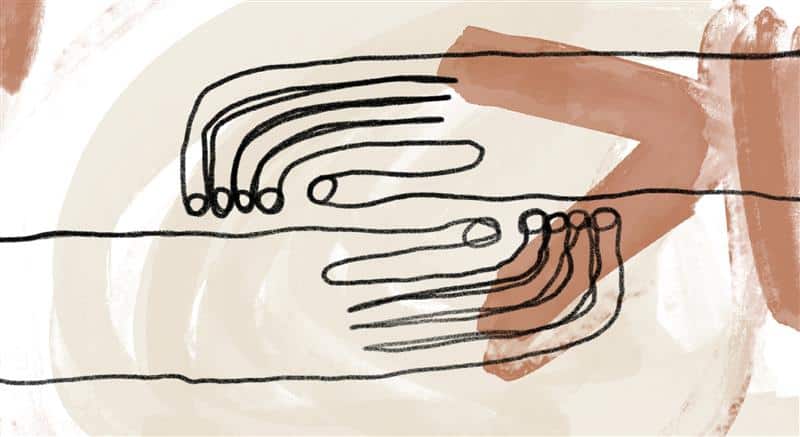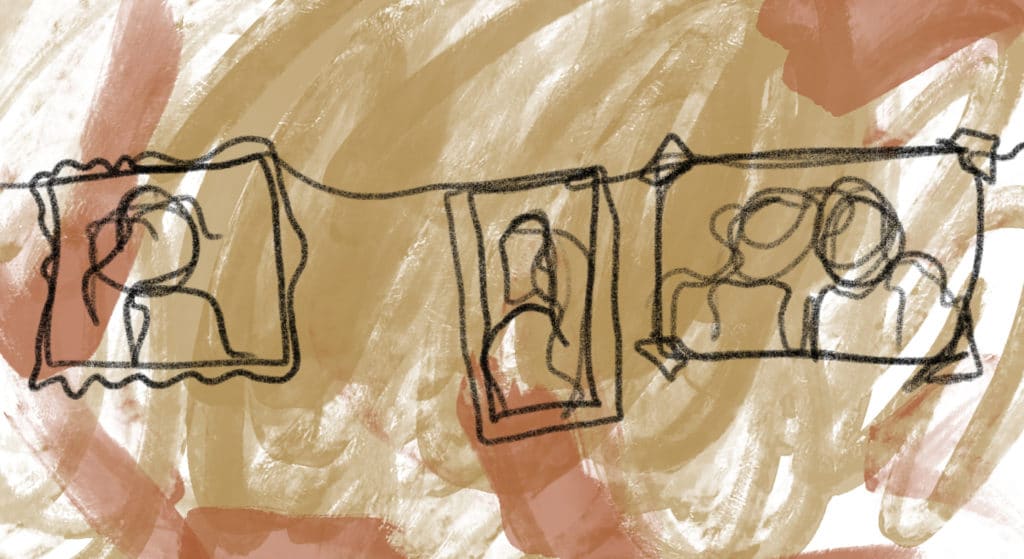
Father Richard explains the Hebrew scapegoat ritual and how the pattern continues to play out in secular contexts today:
In Leviticus 16 we see the brilliant ritualization of what we now call scapegoating, and we should indeed feel sorry for the demonized goat. On the Day of Atonement, a priest laid hands on an “escaping” goat, placing all the sins of the Israelites from the previous year onto the animal. Then the goat was taken out into the wilderness and left there. And the people went home rejoicing, just as European Christians did after burning a supposed heretic at the stake or white Americans did after the lynching of Black men. Whenever the “sinner” is excluded, our ego is delighted and feels relieved and safe—for a while at least. Usually, the illusion only deepens and becomes catatonic, conditioned, and repetitive—because of course, scapegoating did not really work to eliminate the evil in the first place. [1]
As a Christian, I do believe that Jesus’ death was a historical breakthrough. It is no accident that Christians date history around his life. Afterward, we could never see things in the same way. The seeds of the gospel were forever planted into human history, but some followers of other religions seem to have “watered the seeds” more than many Christians. It seems to me the Christian West was so destabilized by the gospel that it had to go into “overdrive” to hide its shadow and cover its fear and its need to hate others. All this despite the teachings of its designated God! The central message of Jesus on love of enemies, forgiveness, and care for those at the bottom was supposed to make scapegoating virtually impossible and unthinkable.
Many Christians, with utter irony, worshipped Jesus the Scapegoat on Sundays and, on the other six days of the week, made scapegoats of Jews, Muslims, other Christian denominations, heretics, sinners, pagans, the poor, and almost anybody who was not like themselves. One would have thought that Christians who “gazed upon the one they had pierced” (John 19:37) would have gotten the message about how wrong domination, power, and hatred can be. The system has been utterly wrong about their own chosen God figure, yet they continue to trust the system.
Scapegoating depends upon a rather sophisticated, but easily learned, ability to compartmentalize, to separate, to divide the world into the pure and the impure. Anthropologically, all religion begins with the creation of the “impure.” Very soon an entire moral system emerges, with taboos, punishments, fears, guilts, and even a priesthood to enforce it. It gives us a sense of order, control, and superiority, which is exactly what the ego wants and the small self demands.
The religious genius of Jesus is that he utterly refuses all debt codes, purity codes, and the searching for sinners. He refuses to divide the world into the pure and the impure, much to the chagrin of almost everybody—then and now. [2]
References:
[1] Adapted from Richard Rohr, Essential Teachings on Love, selected by Joelle Chase and Judy Traeger (Maryknoll, NY: Orbis Books, 2018), 128.
[2] Adapted from Richard Rohr, The Wisdom Pattern: Order, Disorder, Reorder (Cincinnati, OH: Franciscan Media, 2001, 2020), 167–169.
Image credit: Benjamin Yazza, Untitled (detail), New Mexico, 2023, photograph, used with permission. Click here to enlarge image. Who do we push outside the circle of our acceptance to sing alone on the branches of a burnt and mangled desert tree?
Story from Our Community:
Today, I started my day with one of the CAC virtual sits. I began my contemplative journey as a child, under the guidance of my parents and grandparents. During seminary, I learned there are many kinds of contemplation, including movement and art. Coming from a long line of Quakers, I loved the silent, unguided meditations best. I still use all the types of contemplation, but when things are utter chaos, I find the vocal meditations helpful. Lately, I have found my four-footed family members joining me in stillness and practice. I see St. Francis and Claire in them. The deeper I go into my relationship with the Divine, the more words fail to describe my experience. —Margaret H.




